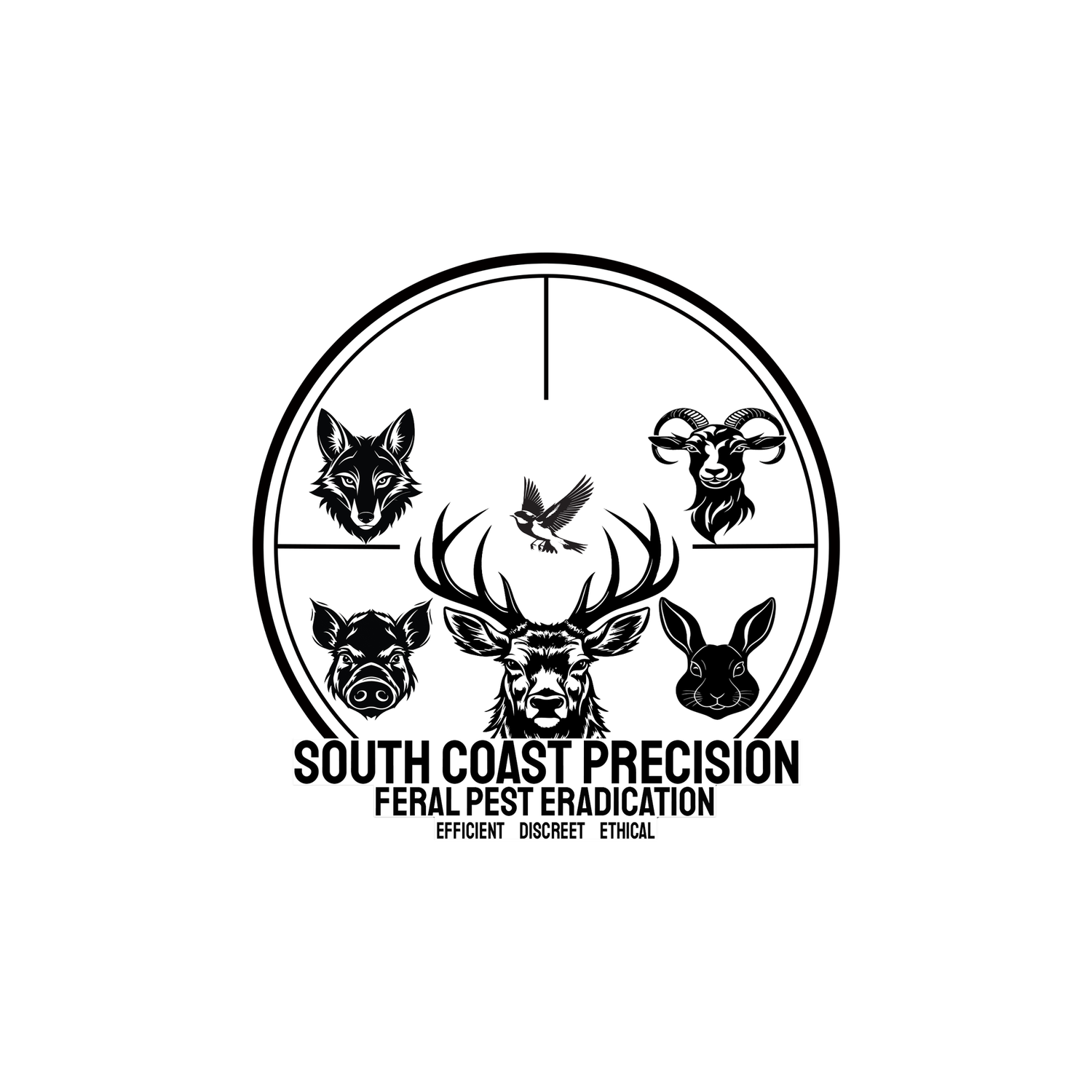
Red Deer
Red Deer
Scientific Name:
Cervus elaphus
Common Names:
Red Deer
Stag (Male)
Hind (Female)
Origin:
Native Habitat:
Red deer (Cervus elaphus) are native to Europe, parts of Asia, and North Africa. They thrive in temperate forests, woodlands, and open landscapes. These regions are home to some of the largest populations of red deer, which have been present for thousands of years. The red deer is one of the largest and most widely distributed species in the Cervidae family.
Introduction to Australia:
The red deer, native to Europe, parts of Asia, and North Africa, they have been introduced to other parts of the world for hunting purposes and as a game species. In Australia and New Zealand, red deer were introduced in the 19th century and have since established significant populations.
Ecology:
Diet and Feeding Habits: Red deer are herbivores with a diet that varies depending on the season and available food sources. Their diet consists mainly of:
Grasses and leaves: They graze on fresh grass, herbs, and shrubs during the warmer months.
Tree bark and young shoots: In winter, when grasses are scarce, they consume tree bark, young branches, and twigs.
Fruits and acorns: In autumn, red deer feed on available fruits and acorns, taking advantage of these nutrient-dense foods before winter.
Breeding and Rut:
The red deer’s breeding season, known as the rut, occurs in autumn (March to May). During this time, male red deer (stags) compete intensely for mates. They roar loudly to establish territory, and their large antlers are used in combat with other males. The gestation period lasts around 230 days, and females (hinds) usually give birth to a single calf in spring. Calves are nurtured by the mother until they can forage independently.
Antler Growth: Male red deer grow large, branched antlers during spring and summer. These antlers can grow up to 1.2 meters in length and are used in physical battles for dominance during the rut. After the mating season, the antlers are shed and regrown in the following spring.
Life Cycle and Sexual Maturity: Red deer reach sexual maturity between 18 months to 2 years of age, although males typically only begin to dominate breeding after reaching 3 to 4 years. The life cycle of red deer involves the nurturing of the calf by the mother until it can begin foraging independently. The lifespan of red deer in the wild is typically 10 to 15 years, although it may be shorter in areas where hunting or predation is prevalent.
Impacts:
Red deer can have significant ecological consequences in areas where they are introduced. Their feeding habits often result in the browsing of young trees, shrubs, and seedlings, which prevents the regeneration of native vegetation. In some cases, this leads to the decline of local plant species and disrupts natural ecosystems. Red deer also contribute to the overgrazing of meadows, grasslands, and forest edges, which harms local biodiversity.
Red deer often compete with native herbivores for food and space. In some regions, native species that have not adapted to red deer's feeding habits face population declines due to this competition.
Red deer overgrazing can lead to soil erosion, particularly in areas where vegetation has been stripped away. The loss of ground cover can increase the risk of soil degradation. At the same time, their presence near waterways can degrade water quality by introducing sediment and nutrient runoff into rivers and streams.
Diseases:
Red deer are known carriers of several diseases that can be transmitted to livestock and other wildlife:
Bovine Tuberculosis (TB): Red deer can carry bovine TB, which is transmissible to cattle and other livestock, posing a significant risk to the agricultural industry.
Chronic Wasting Disease (CWD): This prion disease affects red deer and other cervid species, causing neurological degeneration and eventual death.
Foot-and-Mouth Disease (FMD): Though rare in red deer, they can be susceptible to FMD, a highly contagious viral disease affecting cloven-hoofed animals, including cattle and pigs.
Control Methods:
Ground-based shooting is one of the most common and effective methods for controlling red deer populations, especially in areas where they are a significant ecological or agricultural threat. This method is typically carried out by trained professionals and is used in rural, farming, and conservation areas to reduce the deer population and limit their impact on the environment.
Hear a Red Deer roar below!






